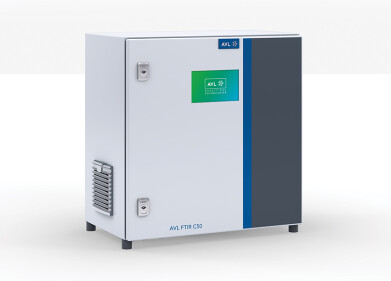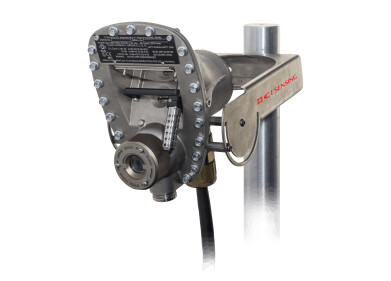Air Monitoring
Integrated Solutions for Industrial Emissions Directive 2010/75/EU
Mar 21 2012
In the area of emissions monitoring, legislation is vast and mounting, with the latest addition being the introduction of the new Industrial Emissions Directive (IED). While compliance with legislation can be a minefield, it is vital plants understand their requirements so they best manage their measurement of emissions and stay on the right side of the law. Shawn Pullman, from Siemens Industry Automation & Drive Technologies (IA&DT), explains the impact of the new directive and advises plant operators why they should take action now to ensure compliance.
The Industrial Emissions Directive is the result of a review of European legislation on industrial emissions that began in late 2005. The objective was to simplify existing legislation and, importantly, to encourage technical innovation. The result was the amalgamation of a number of existing directives, including the Large Combustion Plant Directive, the Waste Incineration Directive and the Integrated Pollution Prevention and Control Directive.
It was in June 2010 that the EU Parliament agreed the final draft of the proposal and the directive (2010/75/EU) came into force on January 6 2011. It stipulates that new plants must be compliant by January 2013 and existing plants by January 2014. All existing legislation now covered under 2010/75/EU, such as the Waste Incineration Directive, will be repealed by January 2014. So up until this point, it is important plants are compliant.
Air quality monitoring is a complex field in itself, so anyone unsure of their requirements should seek expert advice and quickly, whether that’s from the Environment Agency, a consultant or your monitoring supplier.
The IED does not mark a drastic change in legislation; it still promotes the core values of re-use, recycle, recover and disposal. There are a few key points to note though at this stage. Firstly, thermal inputs above 50MW require continuous reporting of NOx, SO2, CO and dust. And secondly, the requirement to continuously monitor CO has been introduced, so plants not already doing so must ensure this measurement is in place by January 2014. It is also important to note that emission limit values not set under IED for Greenhouse Gases (CO2; CH4; N2O; HFCs; PFCs; SF6) remain within 2003/87/EC for trading purposes.
Operators must also be aware that the commission will review and report by 31 December 2013 on revised limits for diesel engines, pulp recovery boilers, refinery and chemical plants. Then by 31 December 2012 on the combustion of fuels in plants under 50MW. So it is important plants keep up-to-date with IED on an ongoing basis.
While the dates for compliance may seem a way off, plants needing to upgrade, replace or install monitoring equipment will need to factor this into their budgets now. One way of helping manage compliance with legislation is considering a more ‘joined-up’ strategy to emissions monitoring. By bringing all available technology within a single platform, operators will be able to have greater visibility across the plant and be better placed to manage emissions monitoring and reporting so that all legislative obligations can be met. The key really is communication – plants don’t need to be in the dark regarding IED, there are plenty of sources of advice, just ask.
Digital Edition
AET 28.2 April/May 2024
May 2024
Business News - Teledyne Marine expands with the acquisition of Valeport - Signal partners with gas analysis experts in Korea Air Monitoring - Continuous Fine Particulate Emission Monitor...
View all digital editions
Events
Jul 10 2024 Birmingham, UK
Jul 21 2024 Cape Town, South Africa
Australasian Waste & Recycling Expo
Jul 24 2024 Sydney, Australia
Jul 30 2024 Jakarta, Indonesia
China Energy Summit & Exhibition
Jul 31 2024 Beijing, China


















